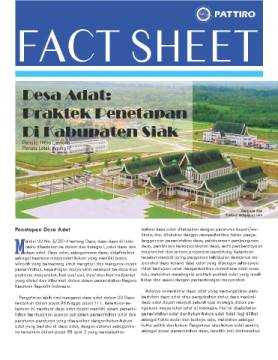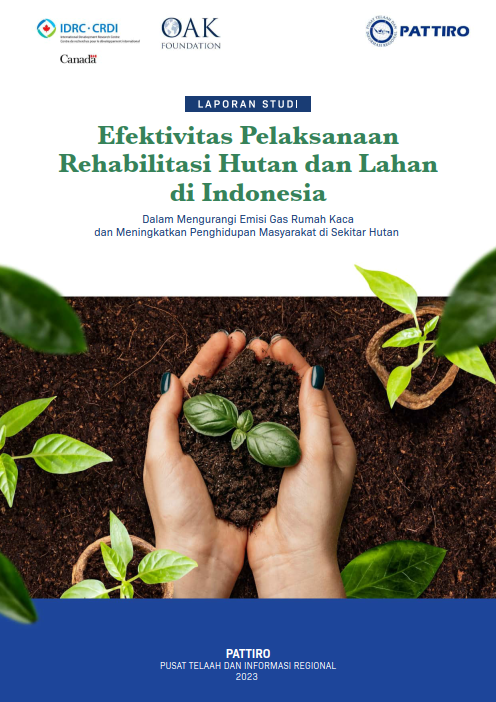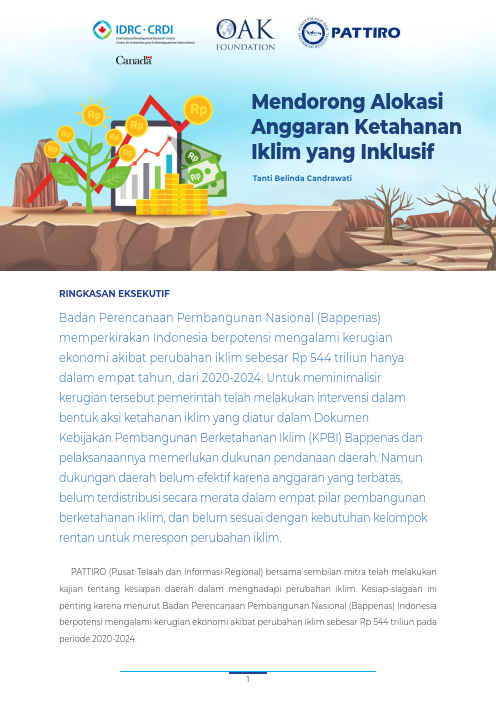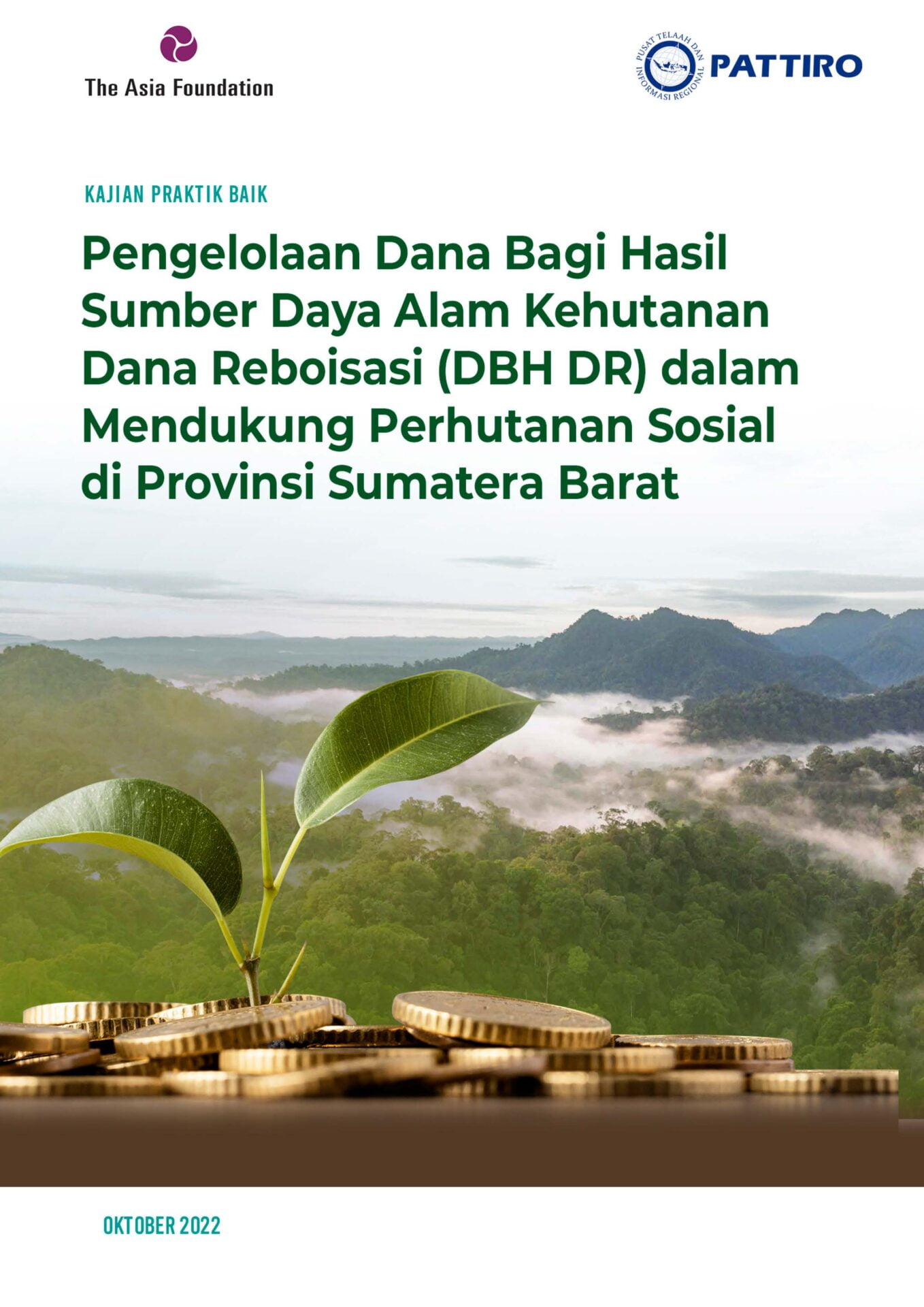 Through Law no. 6/2014 concerning Villages, villages in Indonesia are divided into two categories, namely villages and traditional villages. Traditional villages, like villages, are defined as legal community units that have territorial boundaries that are authorized to regulate and manage government affairs, the interests of local communities based on community initiatives, original rights, and/or traditional rights that are recognized and respected in the government system of the Unitary State of the Republic. Indonesia.
Through Law no. 6/2014 concerning Villages, villages in Indonesia are divided into two categories, namely villages and traditional villages. Traditional villages, like villages, are defined as legal community units that have territorial boundaries that are authorized to regulate and manage government affairs, the interests of local communities based on community initiatives, original rights, and/or traditional rights that are recognized and respected in the government system of the Unitary State of the Republic. Indonesia.
More detailed regulations regarding traditional villages in the Village Law are contained in articles 96 to article 111. These provisions enable traditional villages to have a government system based on the original structure of the traditional government system and regulations that are adapted to the customary laws that apply in the traditional village. , with notes as stated in article 98 paragraph 2 which states that traditional villages are determined by regent/mayor regulations, and are carried out by taking into account the factors of village government administration, implementation of village development, development of village community, as well as community empowerment and supporting infrastructure. These provisions become a safety net for the democratic life of village communities because traditional villages that are built should not aim to restore the romanticism of past traditions, but rather recognize traditional practices that are still alive and in accordance with community development.
The existence of traditional village nomenclature which allows the formation of traditional villages or changing the status of a village to a traditional village can be a strategic option in recognizing indigenous communities in Indonesia. This is because customary government and customary laws are no longer seen as social and cultural facts alone, but as political and legal facts. Recognition of customary law itself, as the basis of village government, was last accommodated by the government during the era of the Dutch East Indies Government through IGO (Inlandsche Gemeente Ordonantie 1906) and IGOB (Inlandsche Gemeente Ordonantie Buitengewesten 1914). In the era of guided democracy, village government is referred to as a level III autonomous region, by changing village autonomy which is recognition in nature into autonomy which is in the nature of giving. In the New Order era, customary laws that applied in villages were no longer recognized because villages were adopted into a centralized pattern through structural uniformity as the lowest extension of the government.




